Plastic is the main material for desktop 3D printers, but its production and disposal pose serious environmental problems. The solution to this problem is to use recycled plastic for 3D printing. Recycled filament can be obtained from used bottles or old 3D prints. This is a great way to reduce waste and reduce your environmental impact. However, finding recycled plastic for 3D printing can be tricky. In this article, we will provide a step by step guide on how to get recycled filament and how to use it in 3D printing.
How affordable is recycled filament?
There are various ways to obtain and use recycled filament, depending on the needs - from small quantities for experiments to large quantities for 3D printing enterprises.
Buying recycled thread
This is the easiest way to get recycled thread. Online sellers handle the complex chemistry and testing that goes along with the production of recycled filaments to offer finished spools that are typically slightly more expensive than virgin (non-recyclable) filaments made from the same material.
There are a number of companies that offer these recycled threads. For example, one of the most famous suppliers in Russia using recycled material for the manufacture of filament is Rec3D. The company creates Pet-G plastic made from 100% recycled waste. It's called rPetG.
Do it yourself
Making your own recycled filament is another option. But for this, you need to set up and select a technological process, including a fiber extrusion system, a plastic shredding system, plastic granules, and possibly plastic dye. For example, COTS extruder suppliers offer turnkey machines ranging from $500 to over $2000. You can also create an extruder with your own hands, but this will require knowledge in the field of electronics and tools for drilling metal. Do-it-yourself production can greatly reduce the cost of recycled 3D printing material.
How well does it print?
As with any other filament, the print quality on recycled filament is largely dependent on the slider settings, printing conditions, and the quality of the equipment on which it was made.
Purchased recycled threads
Commercially available recycled filament is designed to print just like regular filament and can, depending on the color and supplier, produce some pretty stunning results. While you save yourself the hassle of setting up your own extrusion system and making your own filament, the cost savings may not be significant.
DIY recycled threads
DIY yarn depends a lot on how much effort has been put into making sure that the yarn produced on these machines is of high quality. Incorrect filament diameter will have a significant impact on print quality, as well as the use of recycled plastic, which decomposes too much. It is worth considering experimenting with the ratio of recycled to virgin material to find suitable properties for its intended use with maximum recycled content.
Nuances
Recycled 3D printing filament does not completely solve the problem of using plastic and plastic waste, as they are subject to thermal degradation. This means that heat can degrade their properties, resulting in a reduction in the quality and strength of the 3D print. To solve this problem, filament manufacturers add a certain percentage of virgin plastic to recycled material to obtain stable properties comparable to new material. Do-it-yourself production of recycled filament can reduce the cost of the material, but for this you need to set up a technological process and use extruders.
What's in the future?
There is a lot of research going on to recycle plastics by chemically breaking down polymers back into monomers, which are essentially the building blocks of polymer chains. The monomers can then be used as feedstock for a new run of plastics that are free from defects caused by thermal degradation.
Unfortunately, this recycling method is not currently used by filament manufacturers as the technology is still relatively new and extremely energy intensive. However, with the increasing availability of carbon-free energy, there remains a promising future for a fully circular plastics economy, where much of the “new” plastic is created from recycled plastic, much like the aluminum recycling process.








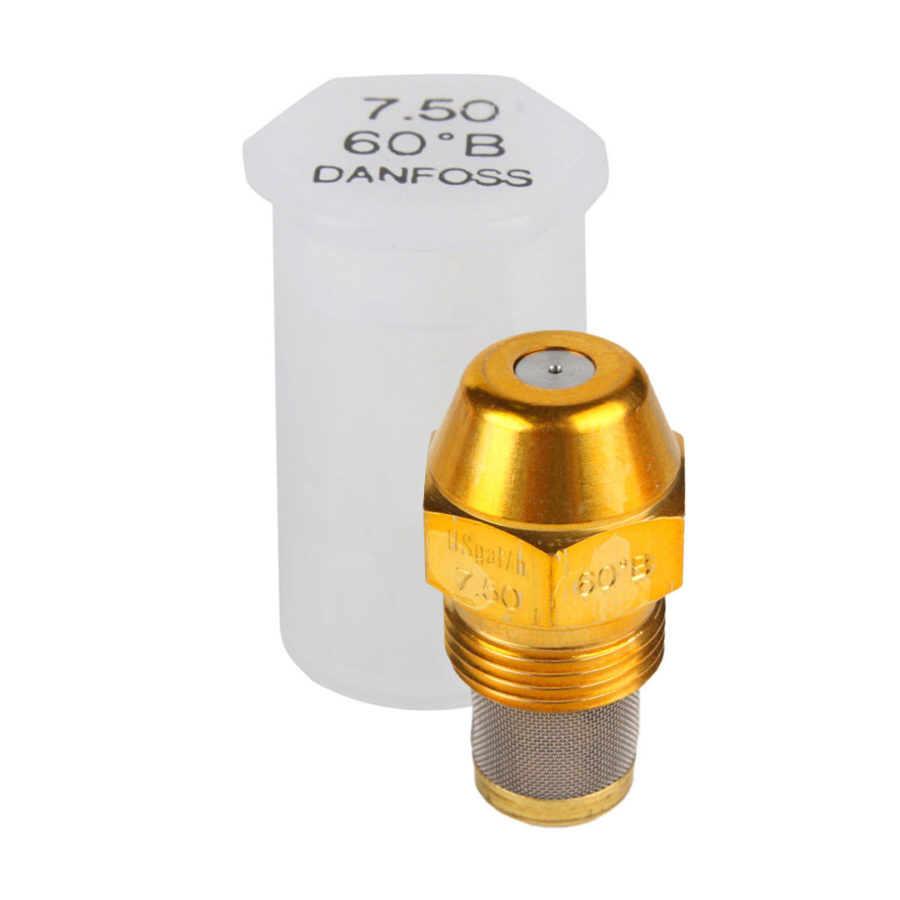
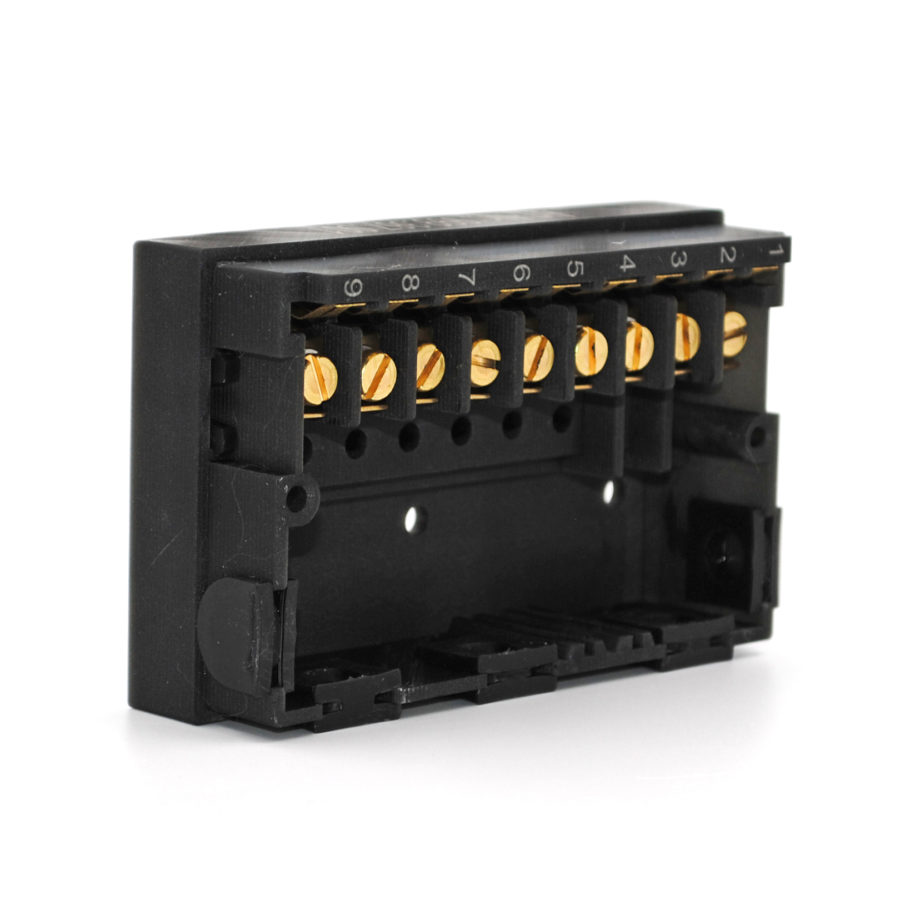
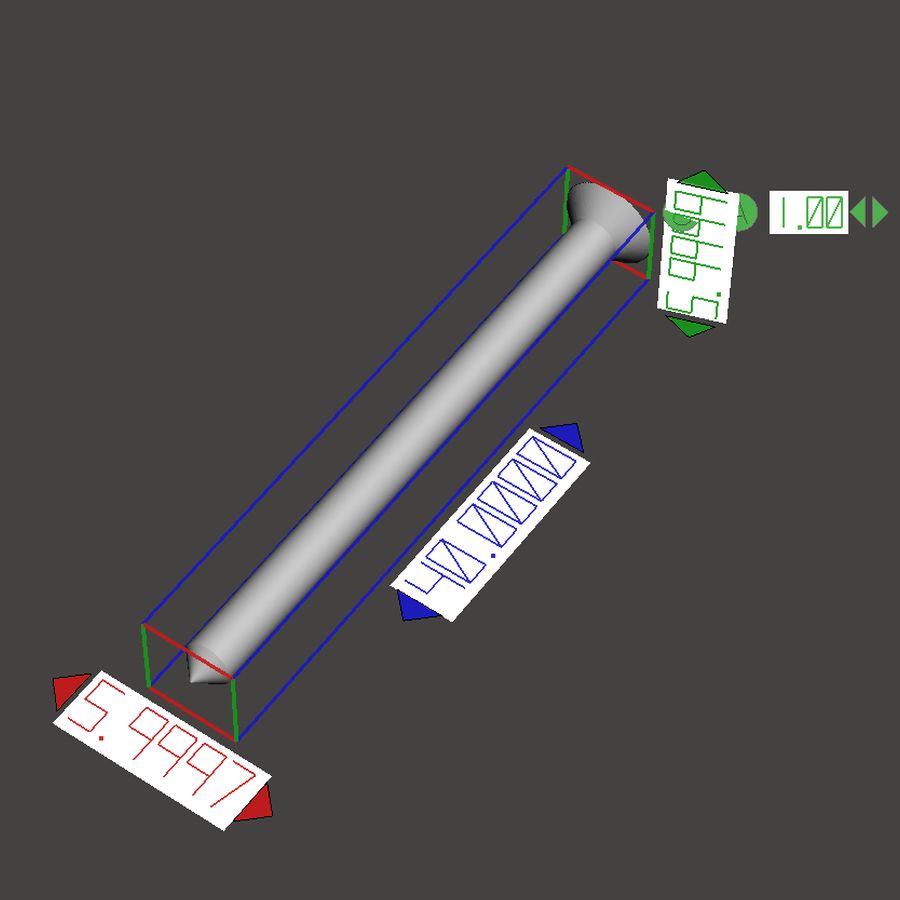
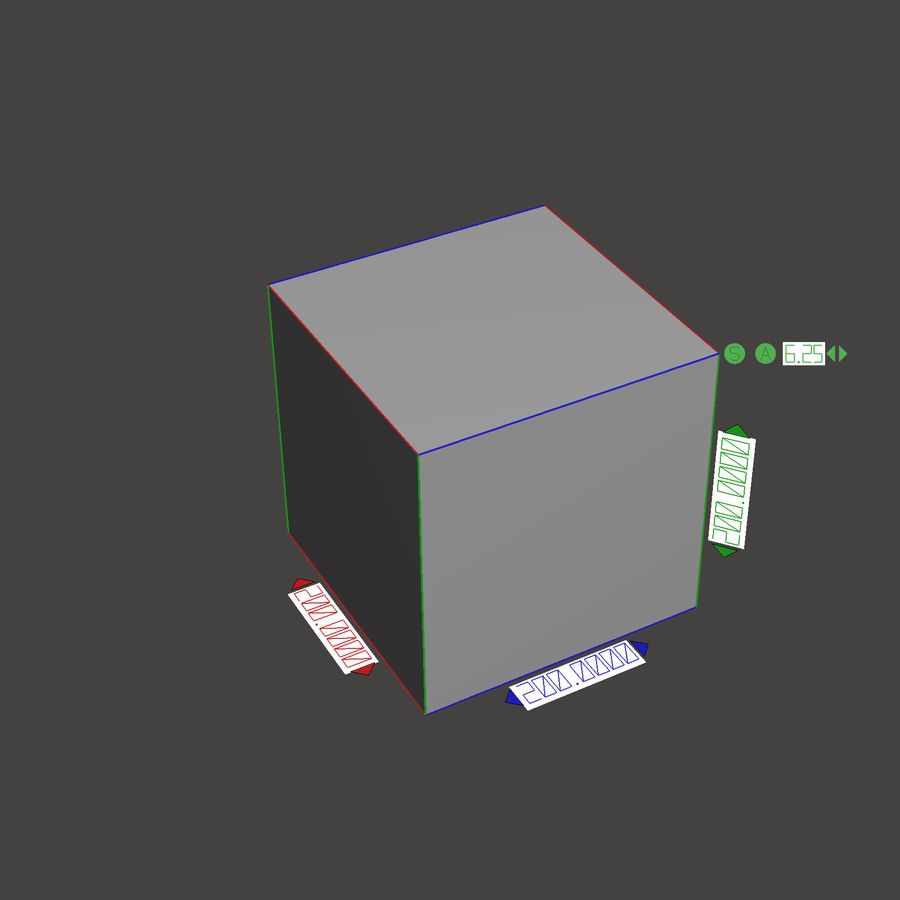
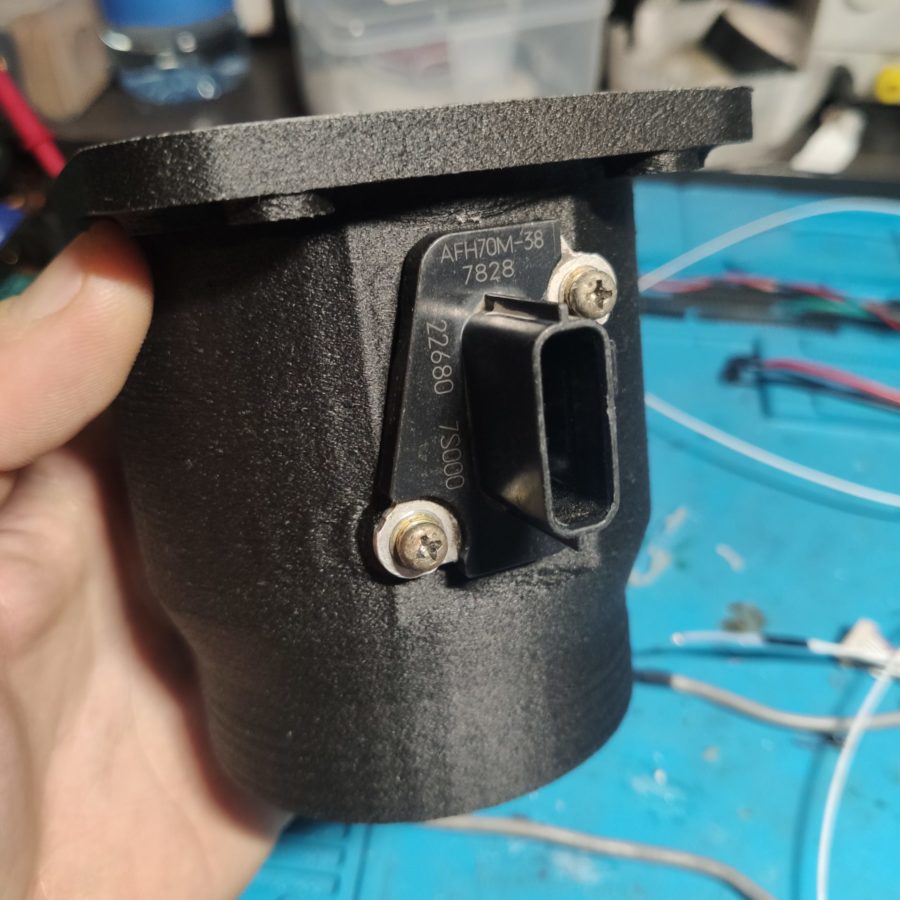

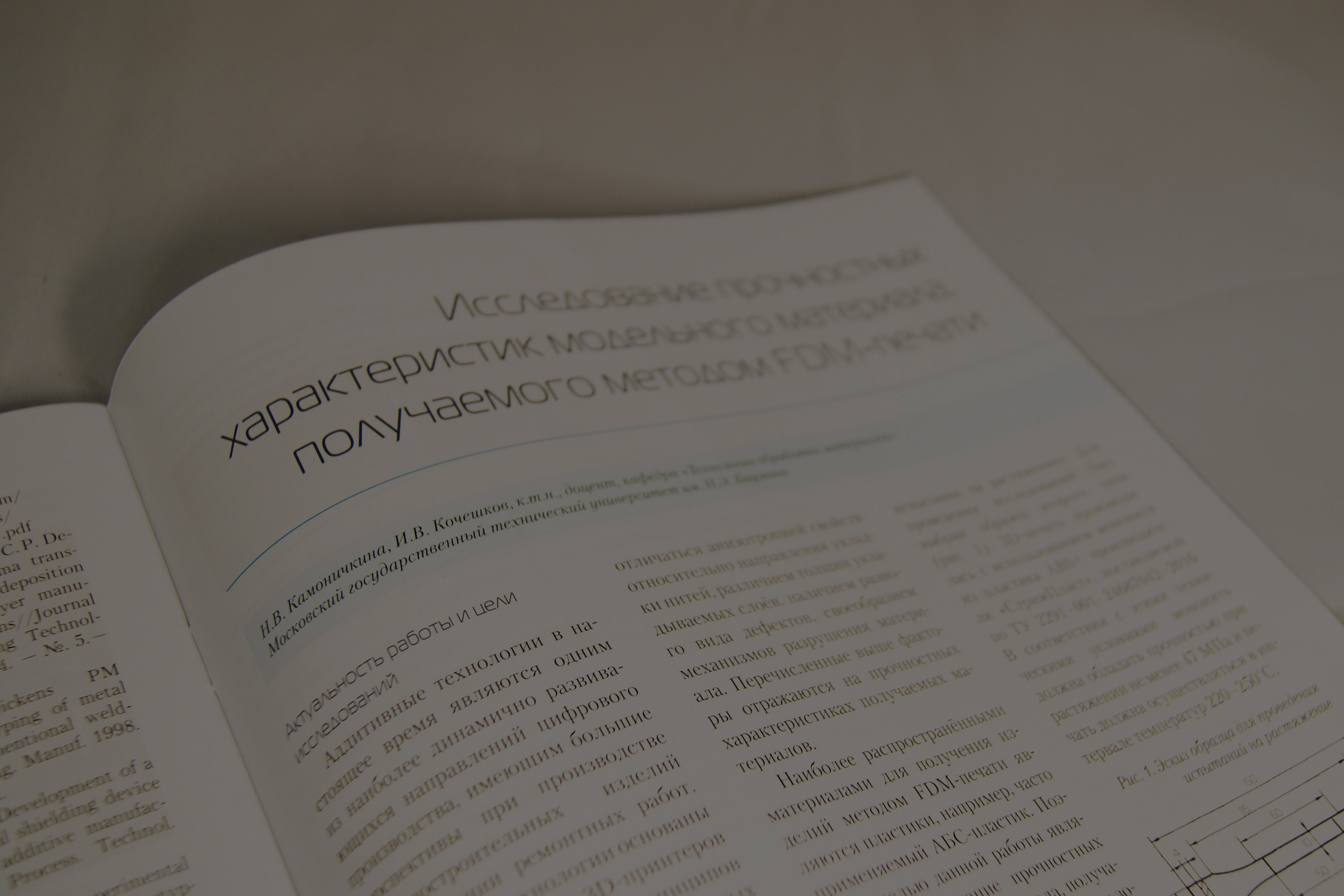




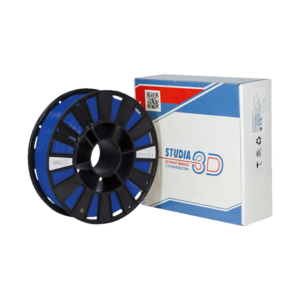
Author: Natalia Kamonichkina
More articles from Natalia Kamonichkina